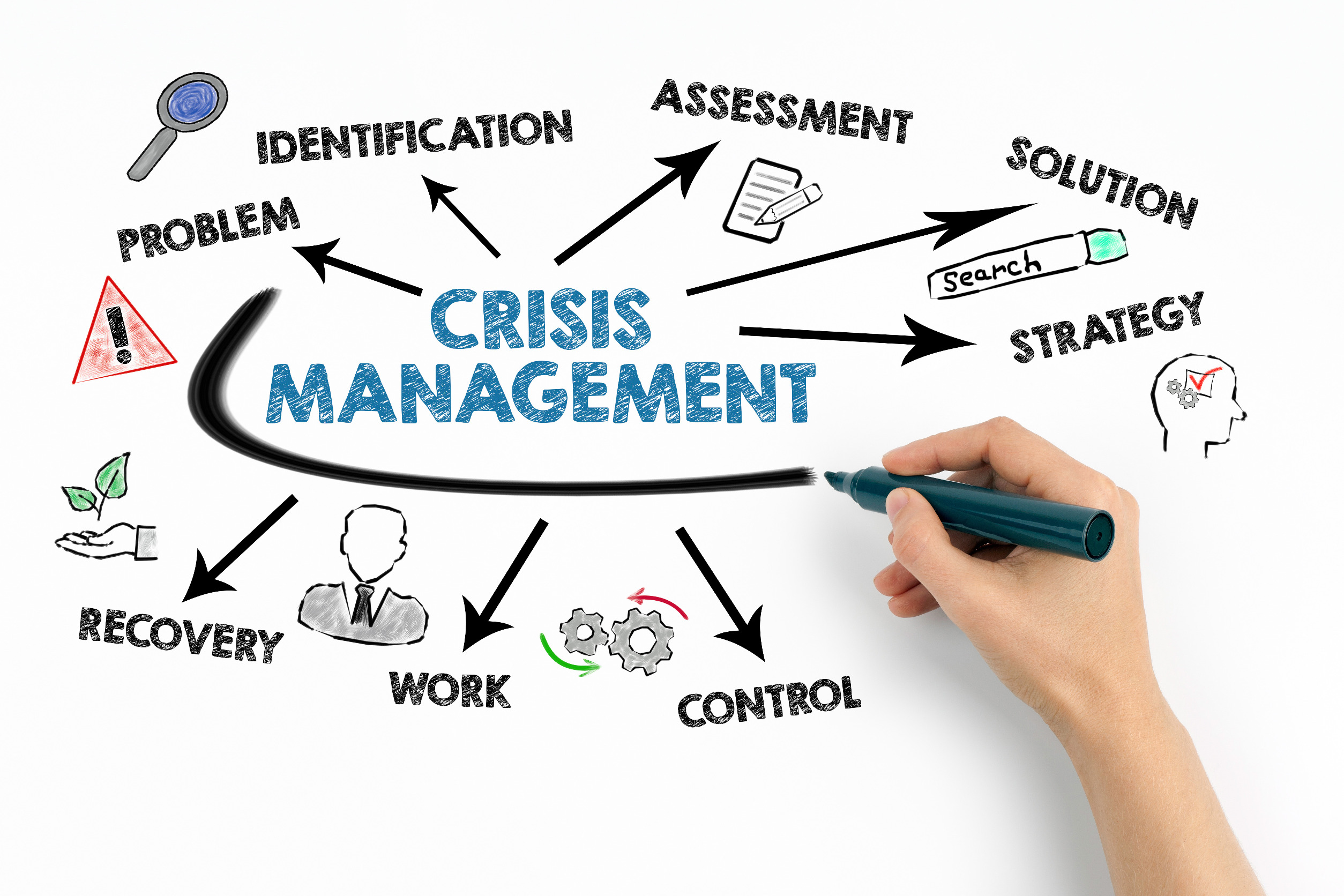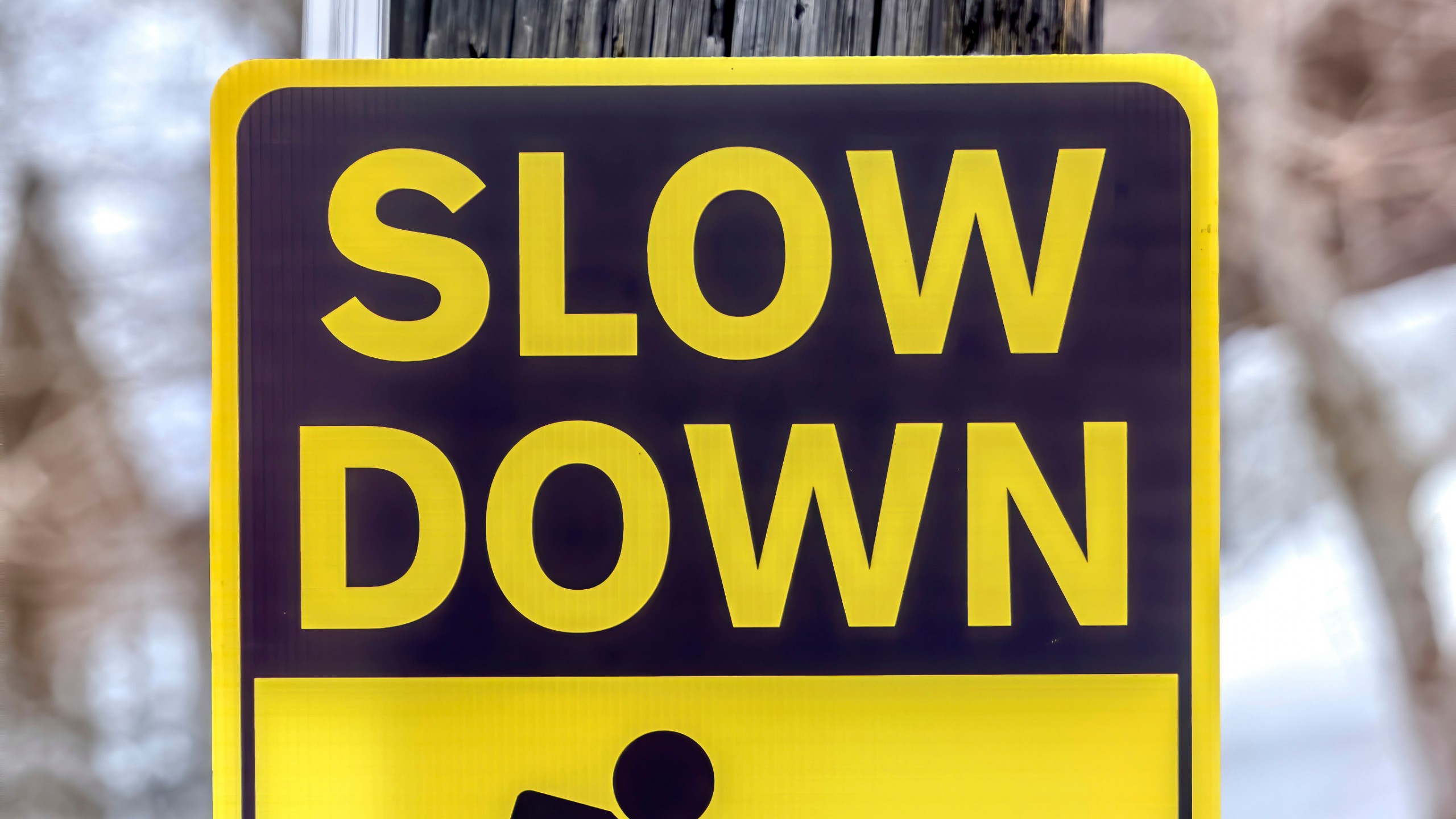When was the last time that a change you were supporting produced results that no one wanted? Unacceptable drops in productivity; unprecedented loss of customers; quality declines…none of these is what we want as outcomes. All of them are too often the unintended outcomes. Years ago, during the deregulation of the telecom industry a prospective client said this about the result of their new strategy. Our intention was to go from elephant to cheetah in the marketplace. Instead, we became an elephant on SlimFast.
In this article, Andrew Wilkinson addresses the importance of planning for what we don’t want to happen! What are the outcomes you want to avoid? He quotes Charlie Munger, “Problems frequently get easier if you turn them around in reverse. In other words, if you want to help India, the question you should ask is not ‘how can I help India,’ it’s ‘what is doing the worst damage in India and how do I avoid it?”
As a change practitioner, how well prepared are you to avoid your current initiative’s anti-goals? Have they been named? Are plans in place and sponsored to ensure they don’t occur? You can strengthen your change practice, and increase the probability of change success, by bringing anti-goals into your planning process every time.

Brian Gorman is the Managing Editor of Change Management Review™. In this capacity he regularly curates articles of importance to our readership; contributes original writing; hosts podcasts; and works with guest authors.
For more than five decades Brian has been engaged in—and a student of—change at the personal, organizational, and societal levels. During this time, he has worked with both individuals and organizations (ranging from solo practitioners to Fortune 100 businesses), guiding them through a wide array of challenges. Decades of experience have given him a deep appreciation of the universal patterns that underlie successfully navigating even the most difficult changes.
In addition to his work as our Managing Editor, Brian is a transformation coach, supporting both individual and organizational change. Brian is committed to passing his “lessons learned” on to others, so that their change journeys can advance more smoothly. He is a frequent workshop facilitator and public speaker. Brian is the author of “The Hero and the Sherpa,” a chapter in the online Handbook of Personal and Organizational Transformation (Springer Publishing; Judi Neal, Editor). He also has an extensive library of blog posts, articles, and videos on the change journey, including “The Ten Most Important Lessons I Have Learned Over 50 Years of Engaging Change.”
Mr. Gorman’s formal education includes a BA in Cultural Anthropology from Syracuse University, an MA in Higher Education Administration from the University of Texas, San Antonio and an MA in Human Relations from the University of Oklahoma.
Brian is an International Coach Federation (ICF) certified coach, and is an active member in the New York City chapter. Brian is also a member of the Forbes Coaches Council and the Gay Coaches Alliance.

























